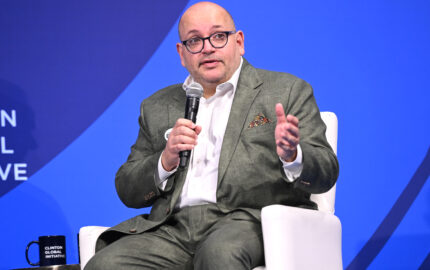How do you photograph something you can’t see? This was the question I asked myself last September when Human Rights Watch (HRW) assigned me to cover the Rohingya crisis for them. My brief was to travel to the Bangladesh-Burma border with a team of investigators who were collecting evidence of crimes against humanity being committed by Burmese security forces against the ethnic Rohingya, a largely Muslim minority, in Northern Rakhine State in Burma. My job was to find a way to visually represent the brutal and systematic violence being waged against the Rohingya without witnessing any of it myself.
No photojournalist has photographed the violence inside Burma—not the massacres, the murder, the forced deportations, the rapes, or the burning villages. There is no way into the region other than on occasional highly orchestrated propagandistic state tours. Illegally crossing the border into Burma, we judged, was too dangerous to attempt and likely to prove unsuccessful.
The team of investigators, led by Peter Bouckaert, HRW’s director of emergencies, collected eyewitness testimonies from massacre survivors. They recorded long and fastidious interviews describing events that had taken place days or weeks before. As a photographer, I couldn’t show anything they talked about because I wasn’t there when it happened. But Bouckaert believed that emotionally charged and powerful portraits of the survivors being interviewed could add weight and emotional impact to HRW reports and might impact an audience more than words alone.
Creative freedom like this is rare in editorial photography and the creative freedom to work for 28 days in the field even rarer—most of my editorial assignments are around a week long. I was given enough time to do my work—time, the most fundamental ingredient of feature-length reporting, is something that has slipped from being considered a necessity to a luxury. Given creative freedom to develop the story as I saw fit, enough time to do it in, and a budget that backed this up—hiring translators and drivers, and staying in a hotel for a month isn’t cheap—I knew this was a rare and precious opportunity as a freelance photojournalist.
As our team trawled through the chaos of Kutupalong refugee camp—a sprawling and apocalyptic informal city of tents occupied by over half a million desperate, hungry, and traumatized Rohingya who had been driven from their homes—the researchers interviewed massacre survivors and I made simple and delicate formal portraits using natural light bounced from a soft gold reflector. I photographed against a piece of black fabric I’d bought in the camp. Studio portraits of a kind. The way I’d likely photograph a member of my family, or a friend for an author’s portrait, or a person of note on a typical freelance assignment. I wanted to represent my sitters as I would someone who had never seen violence, as an individual rather than the statistic they had become after crossing the border from Burma.
It is a failing of photojournalism as a medium that it coerces us to represent survivors of mass violence at their most desperate and vulnerable. Informed by the powerful traditional photojournalism being made by my colleagues of refugees wading through monsoon floods, children clamoring for food aid, and the hideous reality of daily survival in the camps, I focused all of my time on making portraits.



